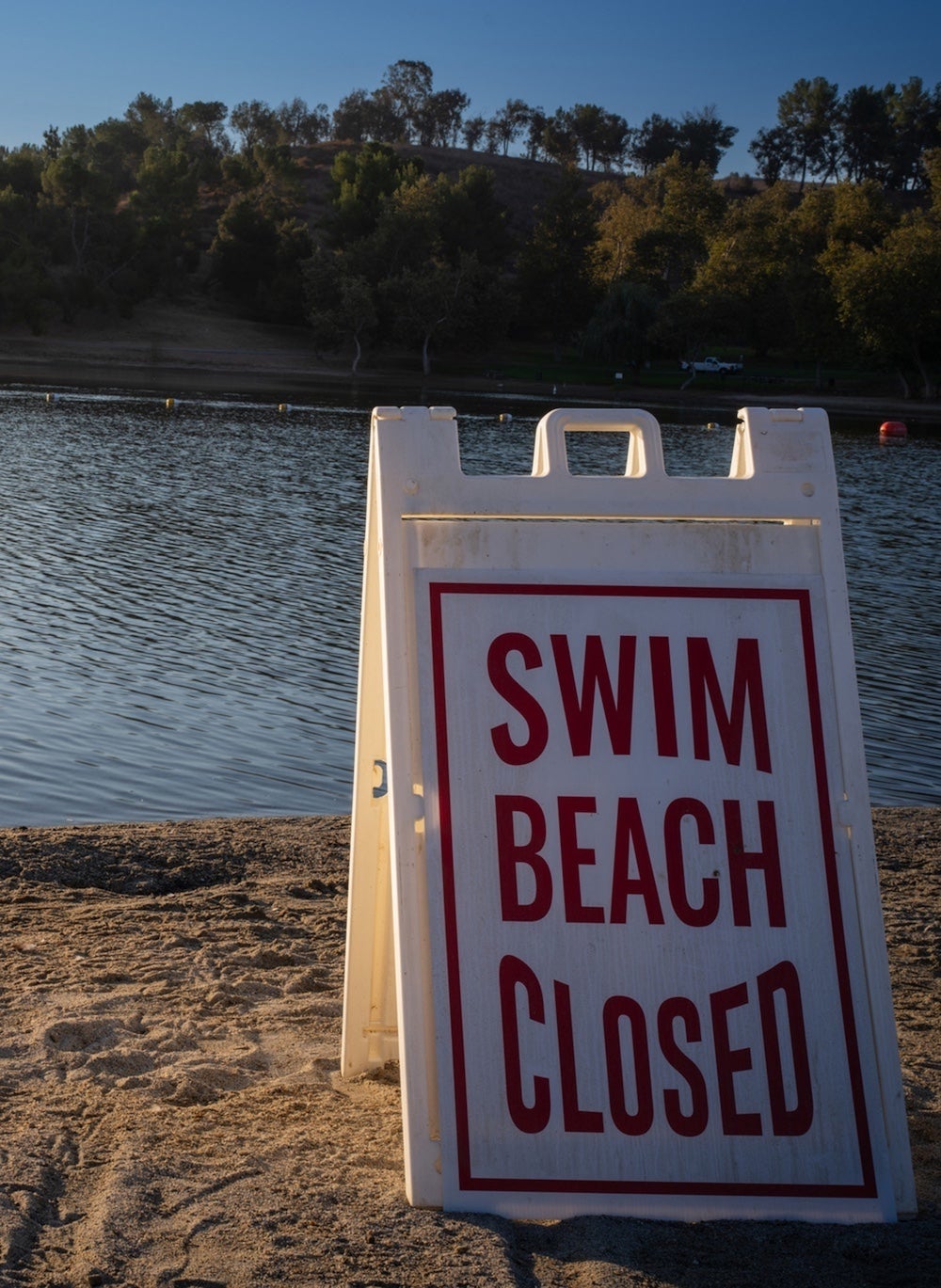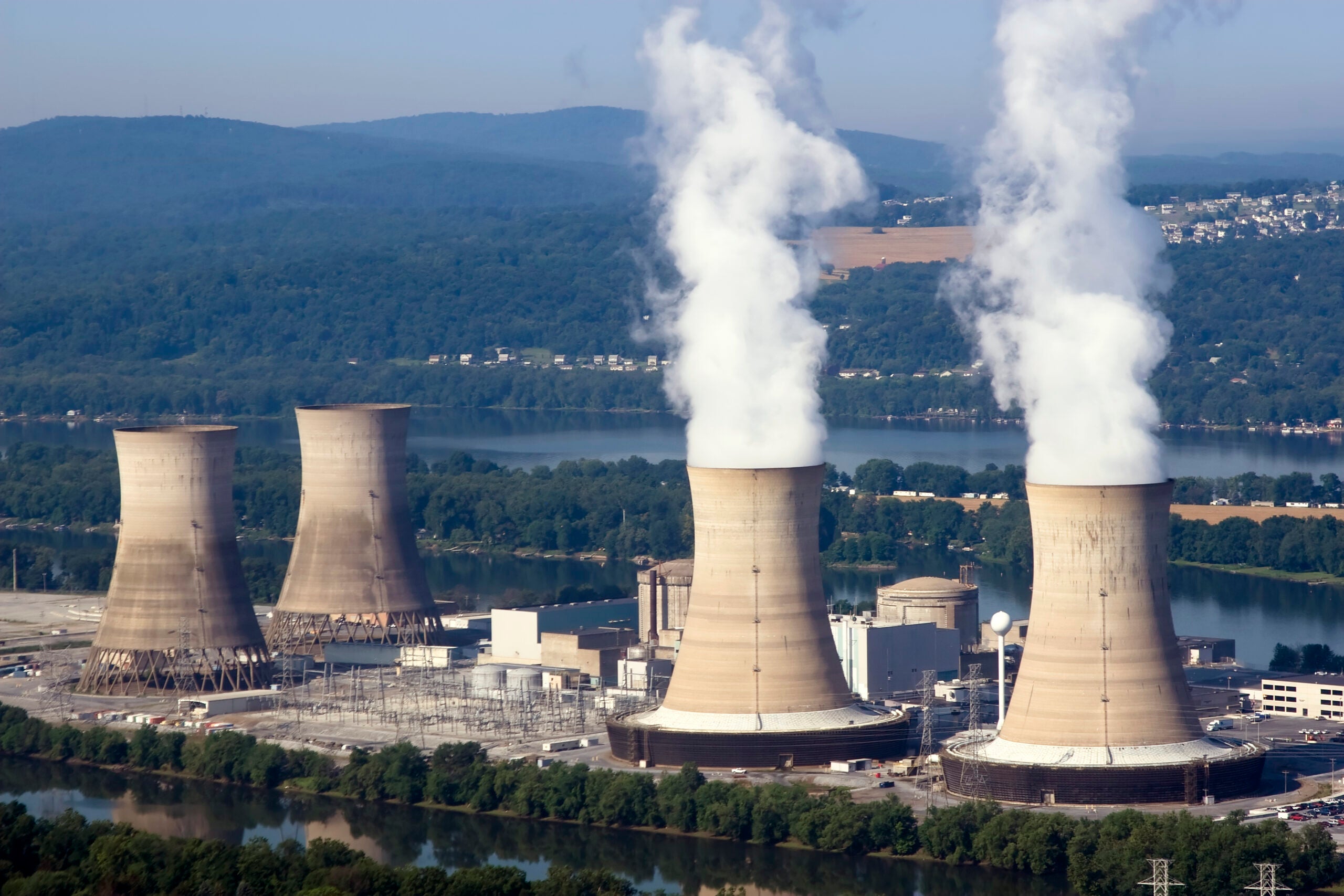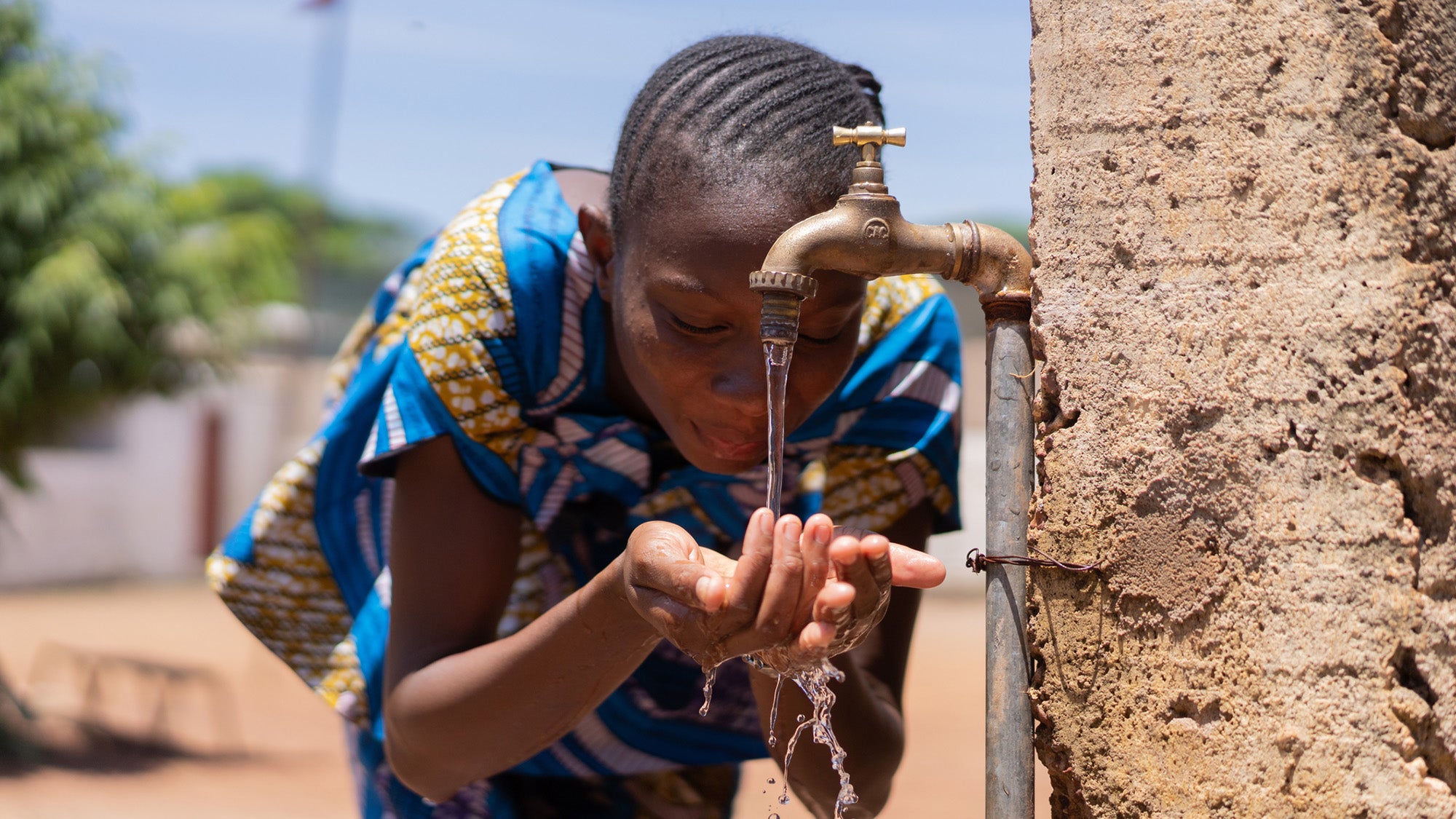Beach closed? Blame it on bacteria.

It’s summer. Time to hit the beaches—unless they’re closed because of poor water quality. Hannah Greenwald Healy, assistant professor of environmental health and exposure science at Harvard T.H. Chan School of Public Health, explains the most common reasons that ocean, lake, or pond beaches temporarily close.
Q: How does water at beaches get contaminated?
A: It’s mostly fecal contamination. When it’s really hot, more people go to the beach. People can contaminate waters. Dogs and kids that poop in the water can contaminate it. Beach closures from fecal contamination tend to peak in July because it’s hot and more people are there.
Another thing that can facilitate outbreaks is an increase in storm events. If you have a summer that’s particularly rainy or sees massive precipitation events, in places where there are combined sewer overflows—where stormwater and wastewater drain into the same pipe network—you can run into problems. That’s because wastewater treatment facilities have capacity limits, and if it’s raining enough and the system has reached its capacity, then that water has to go straight into the environment, untreated. Fecal bacteria can also make their way to beaches from failing septic systems.
Q: Are certain parts of the U.S. more affected than others?
A: You tend to find combined sewer systems in older U.S. cities—which can lead to more beach closures in those places. In the Northeast, where cities are older, we struggle with these combined systems. On the West Coast, San Francisco is the only major city with a combined sewer system, so there can be issues with beaches there during heavy rain events. Sewage can also end up at beaches when nearby wastewater treatment plants are operating poorly or experience failures, as is often the case at beaches near San Diego and Tijuana.
Q: What are the main types of bacteria or other contaminants that cause poor water quality at beaches?
A: The primary thing that will cause beach closures is an exceedance of Enterococcus, a bacteria used as a common indicator for fecal contamination either from animals, people, or sewage. Fecal bacteria can include things like E. coli, Shigella, Salmonella, or Campylobacter. When there’s fecal contamination it’s generally not just from one type of bacteria; they often come as a group.
It’s not just bacteria that can degrade beach water quality. There are also enteric viruses that primarily infect the gastrointestinal (GI) tract, such as norovirus—one of my least favorite illnesses to get or to see other people get.
Harmful algal blooms are another reason for beach closures. These are mainly composed of cyanobacteria, known as blue-green algae. They tend to bloom on hotter days. If you have the right combination of nutrients getting introduced into water sources—maybe from runoff, maybe from sewage-impacted waters—and you get temperature spikes, these harmful blooms can really start to take over. They don’t cause infections, but they produce toxins, and if you drink any of the water or it gets in your mouth, you can get sick, typically a GI illness.
Q: Are there any contaminants that are dangerous, even lethal?
A: Naegleria fowleri—the brain-eating amoeba—is one. It tends to be found in warm freshwater, so lakes would be the place that I’d be most concerned about. People generally get infected when they dive or jump into the water, and water gets forced up their nose, then the amoeba can move along the olfactory nerves, cross a thin bony structure that separates the nasal cavity from the brain, and invade the brain. It’s fairly rare in the landscape of waterborne infections, but I do hear about cases every year, and it causes an infection called primary amebic meningoencephalitis (PAM) that is almost always fatal. A patient recently died from PAM in South Carolina.
Q: Are there risks for dogs?
A: Dogs are susceptible to toxins just like we are. For instance, dogs can be exposed to harmful algal blooms by drinking contaminated water or swimming in it, getting toxins on their fur, then licking it. That can lead to GI illnesses. They’re also susceptible to many of the same enteric pathogens we are.
Q: How do local governments decide when beaches are unsafe for swimming?
A: For the more heavily used beaches, officials are required to test at least weekly for Enterococcus. If they find an exceedance, they’ll test daily until that exceedance goes down. The test they use is a culture-based test. They actually grow the bacteria in an incubator, which takes about a day. So there’s a bit of a lag between when they test and when they get results back. That’s why beaches tend to be closed not just for one day, but for several days, because it takes a while to test and retest.
Q: What’s the best way for people to find out if a beach is safe?
A: Check online. Look at your local public health department’s website for beach safety information. Sometimes state websites have dashboards showing beach closures. Also, if the water is not safe at a public or semi-public beach, there will be signage posted around. If water is discolored, smelly, or foamy, don’t get in!


